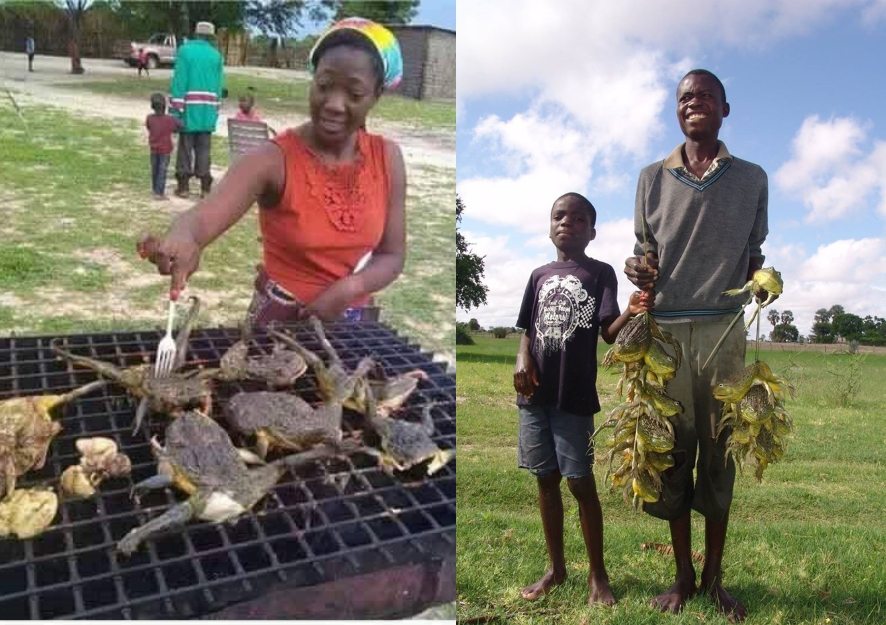There are scores of foods whose deadliness equals their deliciousness. In Namibia, the giant African bullfrogs (Pyxicephalus adspersus) locally known as efuma or omafuma are considered a delicacy, even though eating them results in possible kidney failures or what the locals call Oshiketakata.
The bullfrogs are eaten, especially during the rainy season. According to reports, apart from the people who eat the bullfrogs within Namibia, there are others in southern Africa who enjoy the delicacy.
Reportedly, the Nsenga people in the eastern Luangwa Valley (Eastern Province, Zambia) also consume whole bullfrogs.

While the dangers can usually be avoided through proper preparation, its association with danger is irresistible to adventurous diners. People are generally advised to dine “after the third rain” or when the bullfrogs start croaking and breeding.
The unpleasant-looking specimen grows to the size of a housecat and it contains enough poison to be lethal. However, the lovers of these foods argue that deliciousness outweighs the danger.
According to reports, “The African bullfrog lives in a variety of arid and semiarid habitats in central and southern Africa. This frog has long ridges on the skin of its back and a huge head.
“The pet trade is supplied by captive-bred and wild-caught specimens. African bullfrogs are often called “pixie” frogs, derived from their genus, not their size. It is theorized that a number of different subspecies or species are now sold in the trade as African bullfrogs.”










